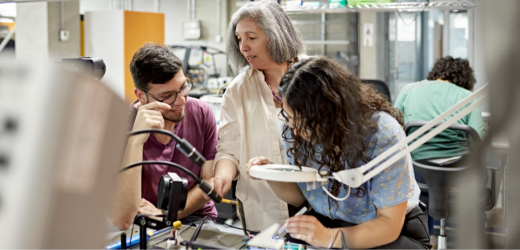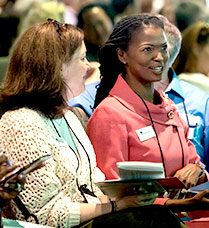The March 12, 2014 post raised issues about those students who really don’t want to work with others in groups … “lone wolves” as they’re called in the literature. Your responses raised a number of issues. I thought it might be worth exploring some of them a bit further.
Many of the comments defended the lone wolves, pointing out that their good academic performance could be compromised by having to work in a group. Did anyone comment about those social learners (whose existence is also well documented in the research) who do well working in groups? We require those students to spend time listening and learning alone, experiences that potentially compromise their academic performance.
Creating Learning Environments that Help Students Stretch and Grow as Learners
Related Articles
I have two loves: teaching and learning. Although I love them for different reasons, I’ve been passionate about...
In a 2023 article published in The Hill, Sarah Eaton, an associate professor of education at the University...
Educators play a pivotal role in shaping students’ academic journeys, and their impact in the classroom extends far...
There are a myriad of answers to this seemingly simple question. Grading probably comes to mind for many...
Fears of disingenuous work, fraudulent and stolen information, and theft of intellectual property have been swirling around education...
Students often struggle academically due to an inability to organize their lives around achievable goals. Students beyond early...









